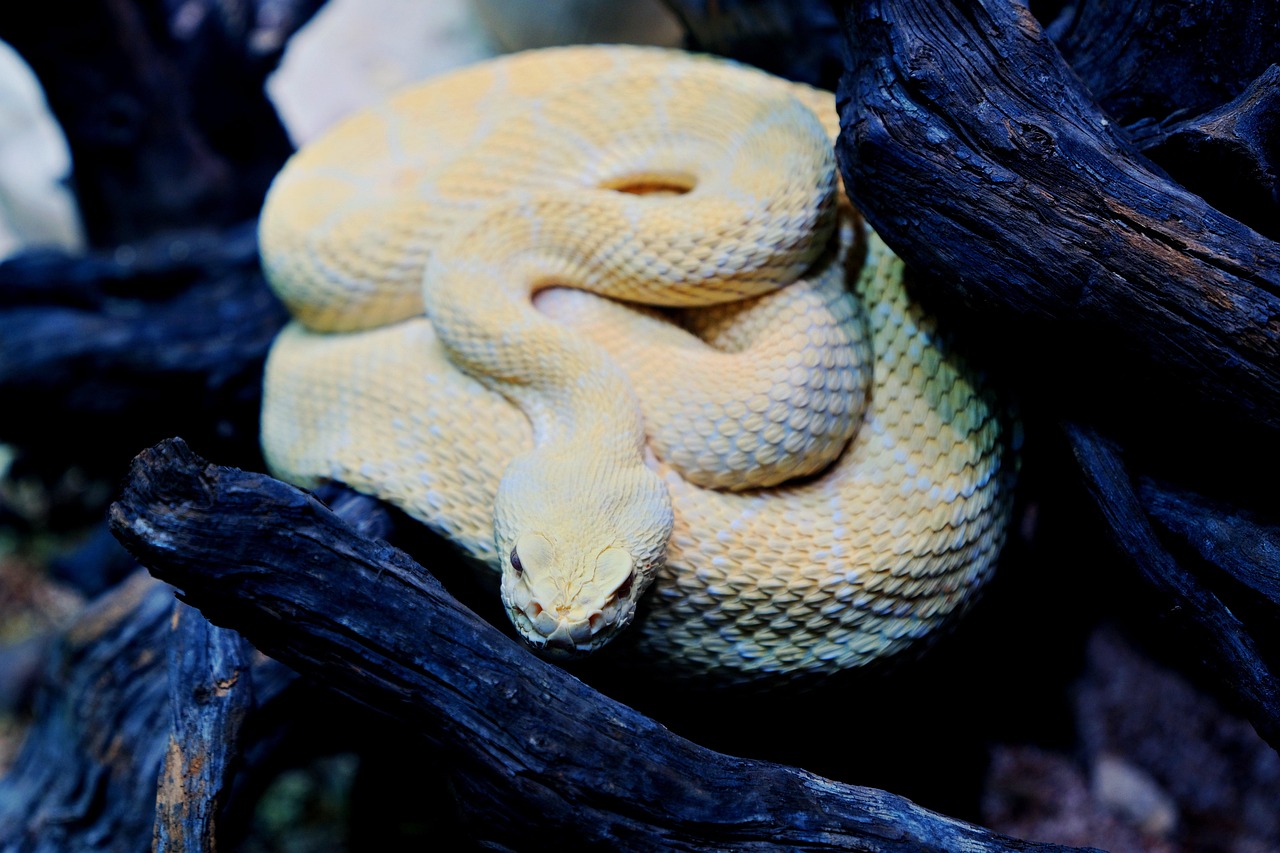The mysterious world of snake cognition has long fascinated herpetologists and reptile enthusiasts alike. While snakes may not fit our traditional understanding of social animals, recent research has begun to challenge our assumptions about their cognitive abilities and social recognition. As more people keep multiple snakes in shared enclosures, a fascinating question emerges: do these reptiles actually recognize their tankmates? This article explores the complex world of snake recognition, social behavior, and what science tells us about whether these scaled creatures can distinguish between familiar and unfamiliar serpents sharing their space.
The Basics of Snake Cognition
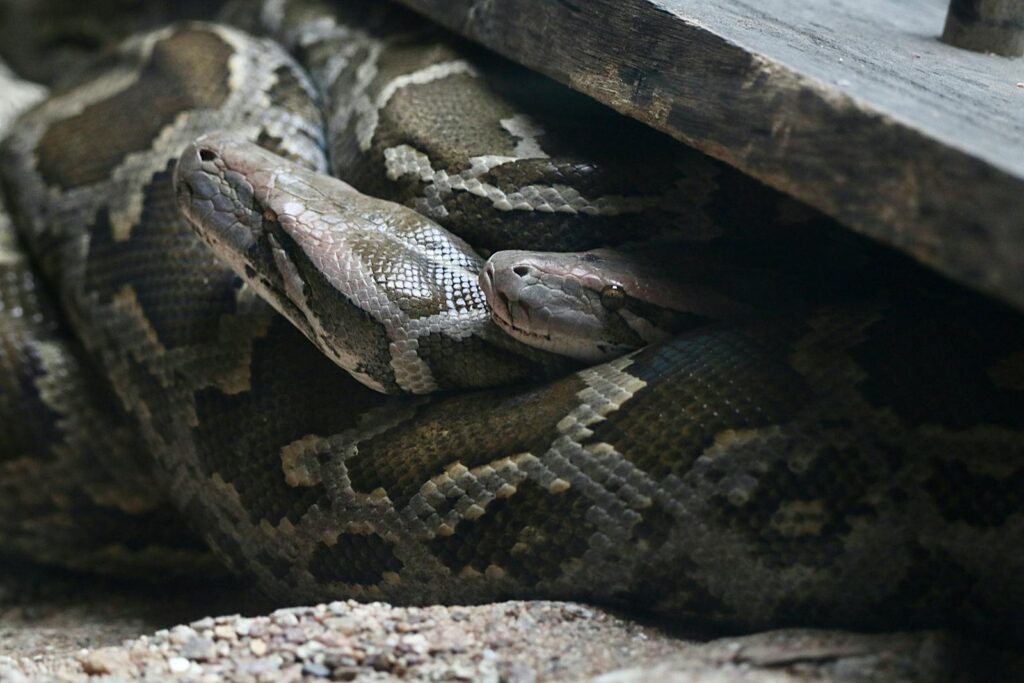
Snakes possess more sophisticated cognitive abilities than they’ve traditionally been credited with. Their brains, while structurally different from mammals, contain areas devoted to processing sensory information and forming behavioral responses. Snakes primarily navigate their world through chemical sensing, using their forked tongues to collect airborne particles and process them through their vomeronasal organ (Jacobson’s organ). This remarkable chemical detection system allows snakes to identify prey, predators, and potentially other snakes in their environment. Recent studies suggest that snakes can form rudimentary memories and learn from experiences, indicating cognitive functions beyond mere instinctual responses. Understanding these baseline cognitive abilities helps contextualize how snakes might perceive and remember tankmates.
How Snakes Perceive Their Environment
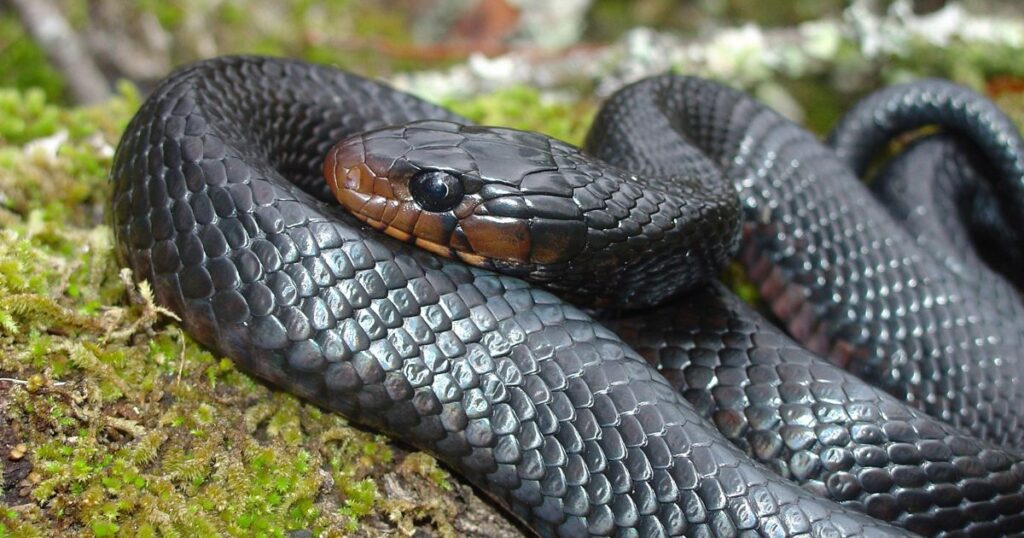
Snakes experience their surroundings through a sensory repertoire quite different from our own. While they have limited vision (varying by species), they excel at detecting movement and some can sense infrared radiation through specialized heat pits. Their sense of smell, processed through their vomeronasal system rather than nostrils, provides extraordinarily detailed chemical information about their environment. Many species also possess remarkable sensitivity to vibrations, detecting subtle movements through their jawbones and body. This multisensory approach to perceiving their world means snakes can potentially build complex sensory profiles of other animals, including conspecifics sharing their enclosure. Their perception systems are specifically tuned to information relevant to their survival and reproduction rather than social bonding as we understand it.
Evidence of Individual Recognition in Snakes
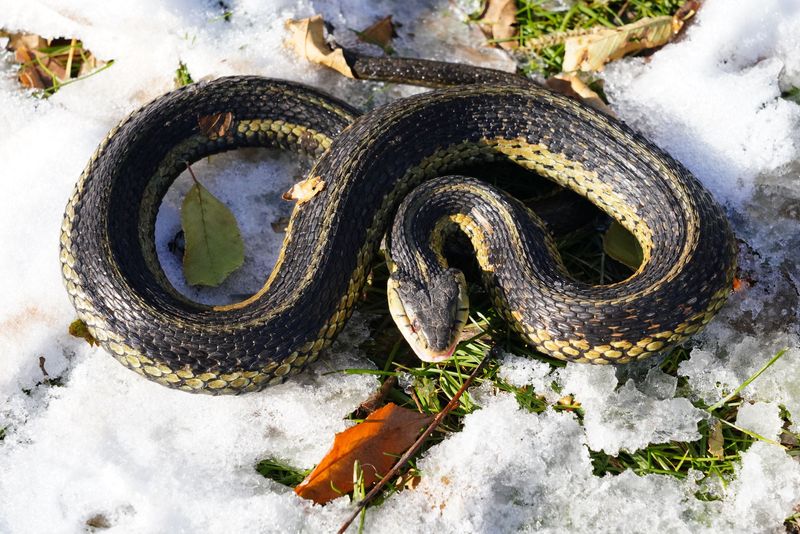
Scientific research has provided tantalizing evidence that some snake species can indeed recognize individual conspecifics. Studies with garter snakes have shown they can distinguish between the pheromone trails of different individuals, particularly during breeding season. Female timber rattlesnakes have demonstrated preferences for aggregating with familiar females rather than strangers, suggesting some form of individual recognition. In controlled experiments, certain snake species show measurably different responses to familiar versus unfamiliar snake scents, including changed tongue-flicking rates and behavioral adjustments. While this recognition may not resemble human concepts of “friendship,” it does indicate that snakes aren’t entirely oblivious to the individual identities of other snakes they encounter regularly.
Social Behavior Among Different Snake Species
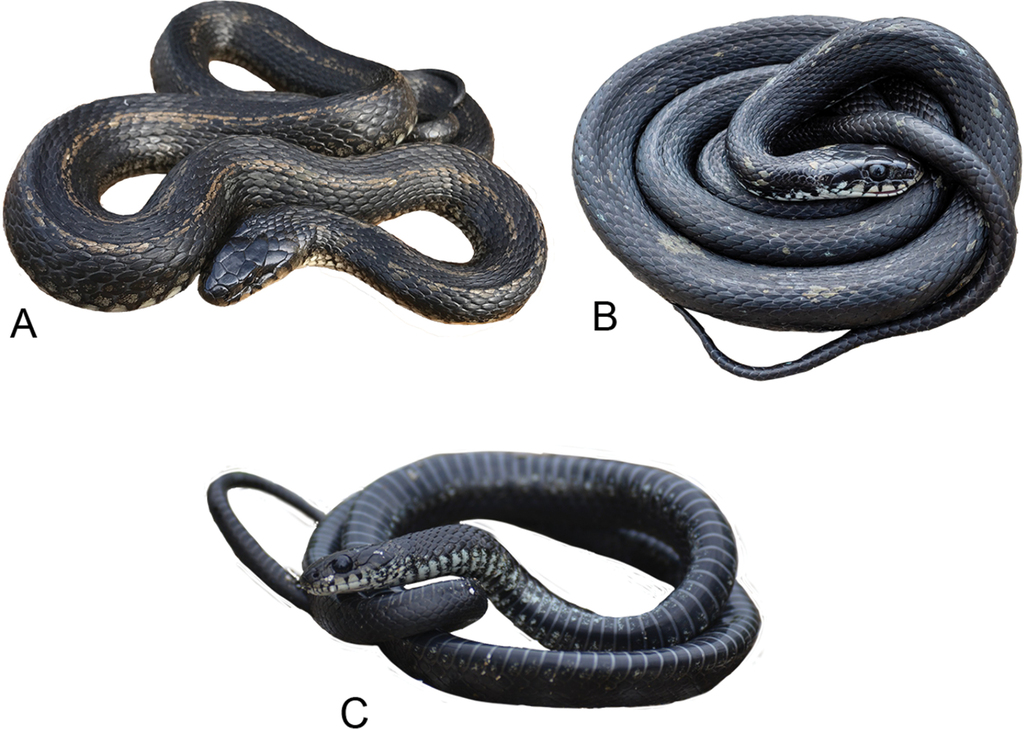
The social tendencies of snakes vary dramatically across species, with important implications for tankmate recognition. Garter snakes are known for their communal hibernation, with dozens or even hundreds gathering in shared dens, suggesting tolerance of conspecifics and possible recognition mechanisms. Certain python species have shown maternal care behaviors, with females coiling around eggs and sometimes remaining with young after hatching. In contrast, many viper species demonstrate strong territorial behaviors and may respond aggressively to conspecifics outside of breeding seasons. These varied social structures hint at different levels of conspecific recognition abilities across snake species, with more naturally social species potentially having more developed recognition capabilities than solitary hunters.
Chemical Recognition Between Tankmates

Chemical signals represent the primary pathway through which snakes likely recognize tankmates. Each snake produces a unique chemical signature through skin lipids, fecal matter, and specialized scent glands. When snakes are housed together, they create a shared chemical environment where these signatures mix and become familiar. Research suggests that snakes can detect subtle differences in these chemical profiles, potentially allowing them to distinguish between familiar tankmates and newcomers. Some species have demonstrated different tongue-flicking patterns when exposed to substrates marked by familiar versus unfamiliar snakes, indicating differential recognition. This chemical recognition system allows snakes to build a “scent map” of their environment that includes information about other resident snakes.
Behavioral Changes With Familiar Tankmates
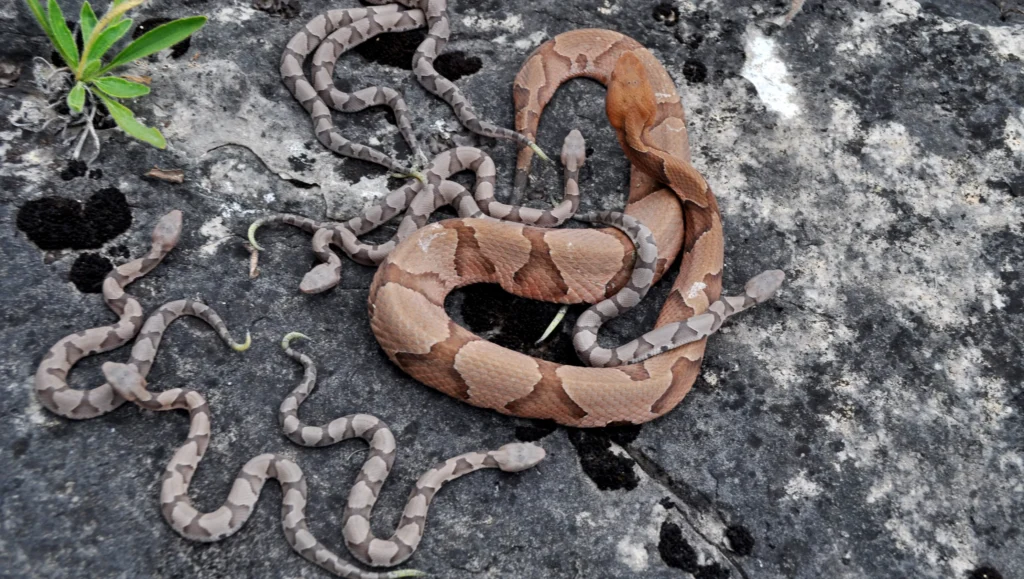
Observable behavioral differences often emerge when snakes interact with familiar versus unfamiliar conspecifics. Snakes that have been housed together for extended periods typically show reduced defensive posturing and fewer stress behaviors compared to initial introductions. Many keepers report that long-term tankmates will bask in closer proximity, share hiding spots, and demonstrate fewer competitive behaviors around feeding time. In some species, particularly more communal ones like garter snakes, individuals may actually seek out physical contact with familiar tankmates, creating characteristic “snake balls” even when sufficient space exists for separation. These behavioral adaptations suggest that while snakes may not “befriend” tankmates in a mammalian sense, they do appear to modify their behavior based on familiarity.
Stress Responses to New Tankmates
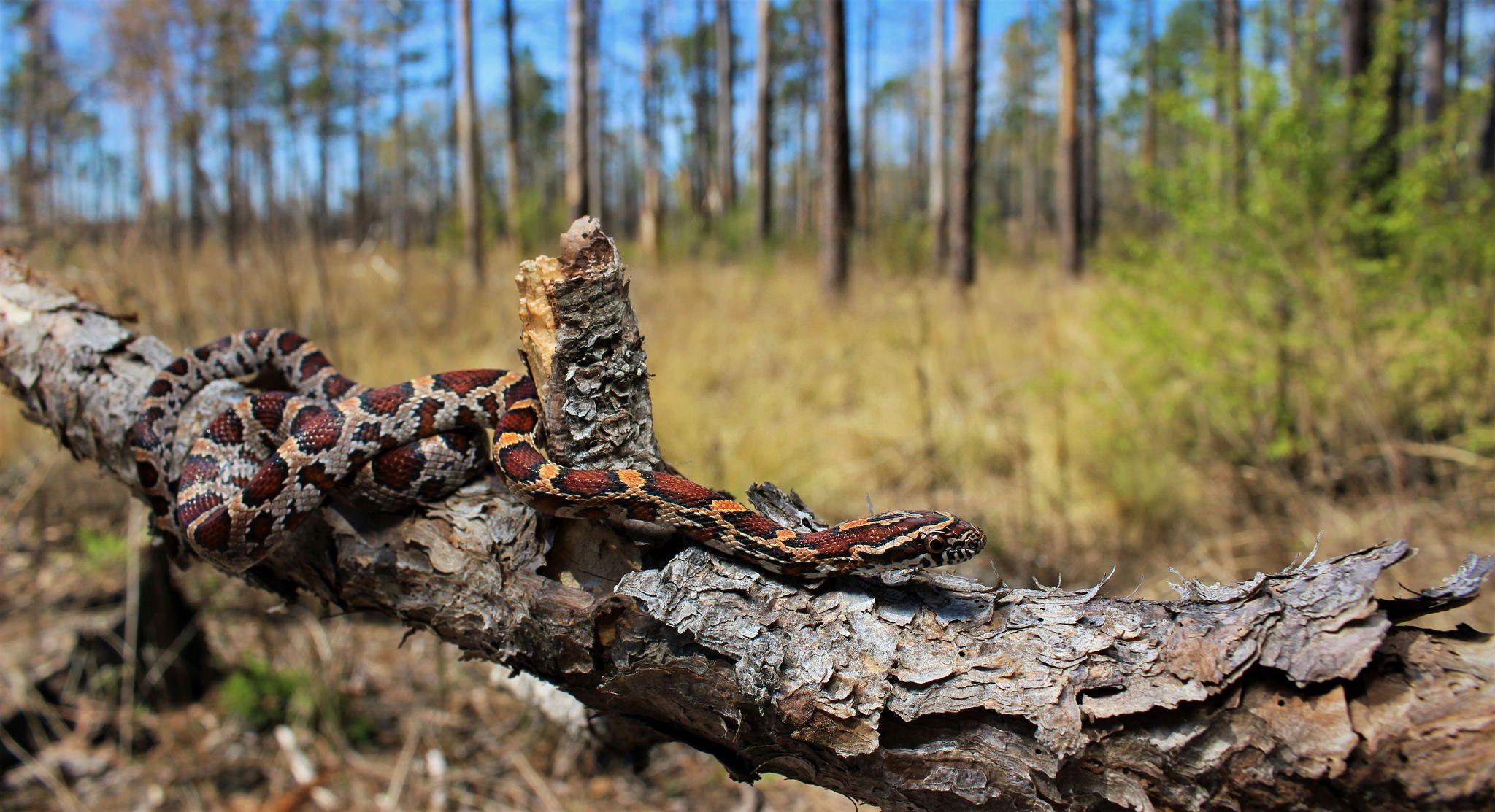
The introduction of new individuals to an established snake enclosure often triggers observable stress responses that reveal recognition abilities. Common stress indicators include increased defensive behaviors, refusal to feed, excessive hiding, and in some cases, regurgitation of recent meals. These stress responses typically diminish gradually as the new snake’s scent becomes integrated into the established chemical environment of the enclosure. Experienced keepers often note that reintroducing a temporarily separated snake (such as for medical treatment) produces far less stress than introducing a completely new individual, suggesting recognition of the returning tankmate. These differential responses provide compelling evidence that snakes can distinguish between familiar and unfamiliar conspecifics in their environment.
The Role of Memory in Snake Recognition

Snakes possess more sophisticated memory capabilities than traditionally assumed, which likely contributes to their ability to recognize tankmates. Studies have demonstrated that snakes can retain spatial memories, remembering complex environments and navigation routes for extended periods. Memory formation in snakes involves the dorsal cortex, a brain region analogous to the mammalian hippocampus, which processes and stores spatial and sensory information. In laboratory settings, snakes have demonstrated the ability to remember learned responses for months or even years, suggesting neural mechanisms capable of long-term memory storage. These memory systems likely enable snakes to form and maintain recognition of familiar tankmates over extended periods, especially when reinforced by regular exposure to their chemical signatures.
Breeding Behavior and Recognition
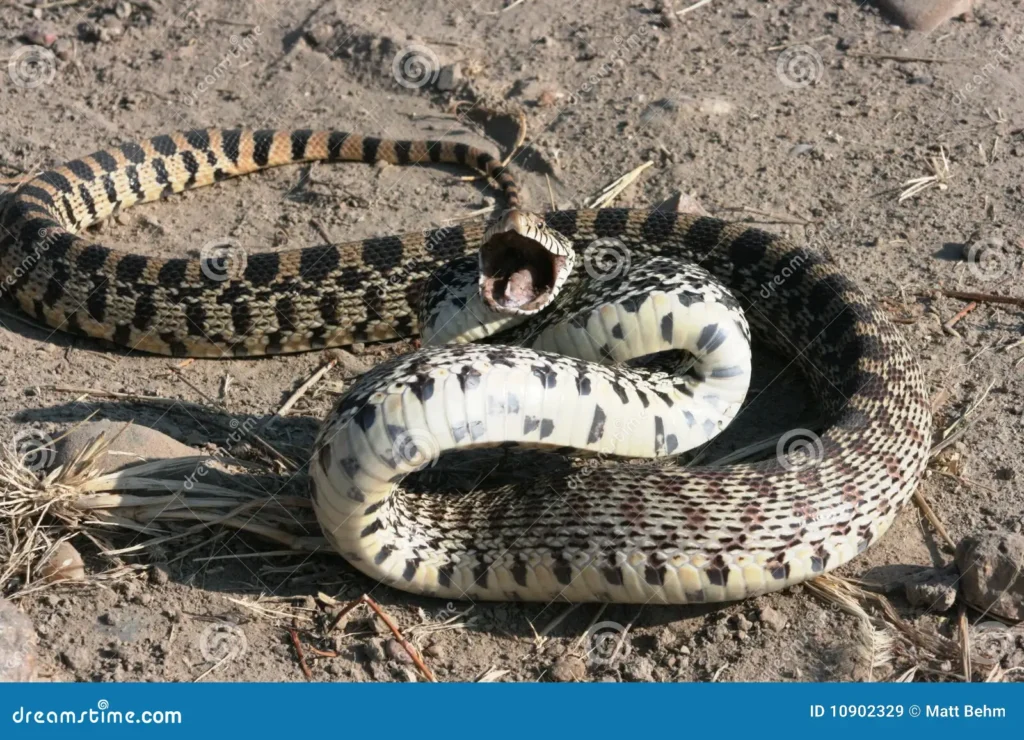
The breeding season introduces a fascinating dimension to snake recognition capabilities, with many species showing enhanced recognition of specific individuals. Male snakes often can differentiate between receptive and non-receptive females through specialized pheromone detection. In some species, males have shown preferences for novel females over familiar ones, potentially as an evolutionary mechanism to promote genetic diversity. Female snakes in several species demonstrate mate choice behaviours, suggesting they can distinguish between individual males based on chemical and behavioural cues. These breeding-specific recognition behaviors indicate context-dependent recognition abilities that may function differently from everyday tankmate recognition, though they utilize similar sensory systems.
Implications for Captive Snake Keeping
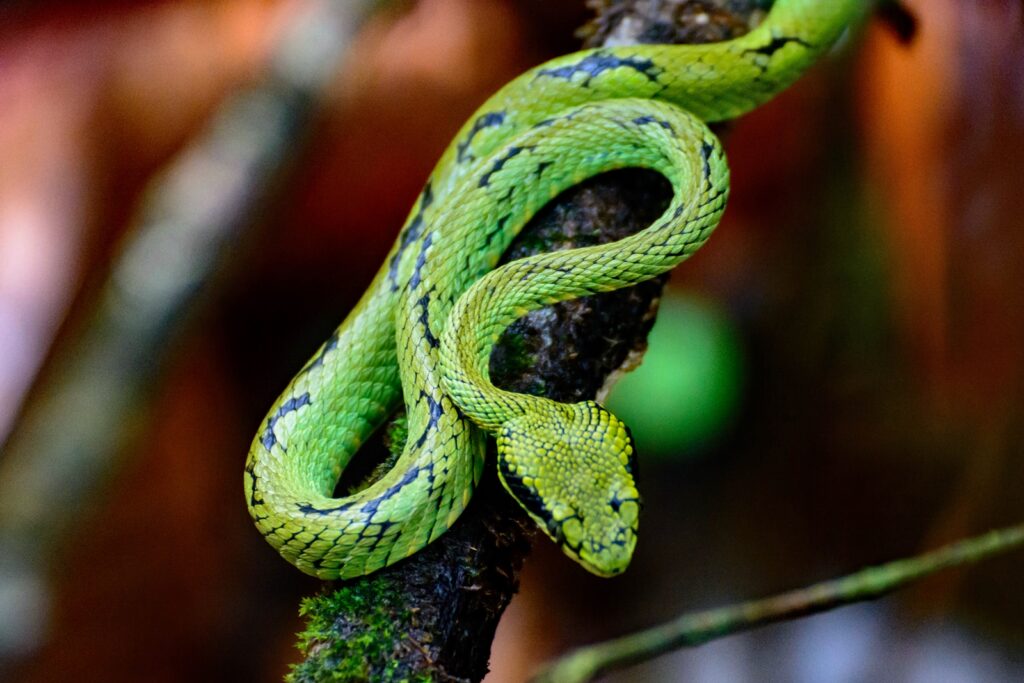
Understanding snake recognition capabilities has important practical implications for reptile keepers considering cohabitation. Since evidence suggests snakes can recognize tankmates, sudden introductions or frequent rearrangements may create unnecessary stress for captive specimens. Keepers should consider implementing gradual introduction protocols that allow snakes to become familiar with each other’s scent before direct contact. Maintaining stable groups rather than frequently rotating tankmates may promote more relaxed behavior and reduce stress-related health issues. For breeding programs, recognition capabilities suggest that strategic pairing and separation of breeding animals may yield better results than random groupings. This knowledge also emphasizes the importance of providing adequate space and resources in shared enclosures to minimize competition between recognized conspecifics.
The Limitations of Snake Recognition
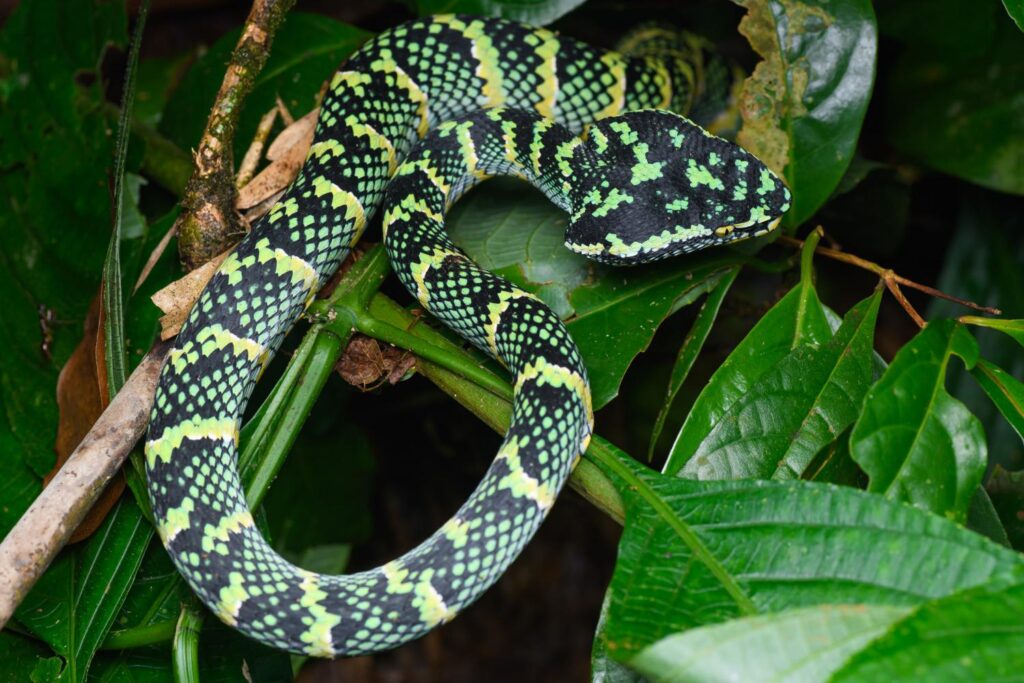
Despite evidence supporting recognition abilities, important limitations exist in how snakes perceive their tankmates. Unlike highly social mammals, snakes lack the neural architecture for complex social cognition and emotional bonding. Their recognition systems appear primarily oriented toward threat assessment, territorial awareness, and reproductive opportunities rather than social affiliation. Recognition abilities vary significantly between species, with naturally social species demonstrating more sophisticated recognition than solitary hunters. Environmental factors like temperature fluctuations, feeding schedules, and substrate changes can influence a snake’s chemical sensitivity and potentially disrupt recognition patterns. Understanding these limitations helps set realistic expectations about the nature and extent of tankmate recognition in captive snake collections.
Comparing Snake Recognition to Other Reptiles

Snake recognition abilities exist within a spectrum of reptilian social cognition that varies widely across taxonomic groups. Some lizard species, particularly certain skinks and monitors, demonstrate more complex social structures and individual recognition than most snakes. Crocodilians show remarkable maternal recognition of offspring through vocal and chemical cues, surpassing abilities observed in snakes. Certain tortoise species maintain loose social groups with apparent recognition of familiar individuals over years or even decades. These comparisons suggest that snake recognition abilities, while present, are generally less developed than those of more socially complex reptiles. However, snakes may still possess more sophisticated recognition capabilities than historically credited, occupying a middle ground in the spectrum of reptilian social cognition.
Future Research Directions
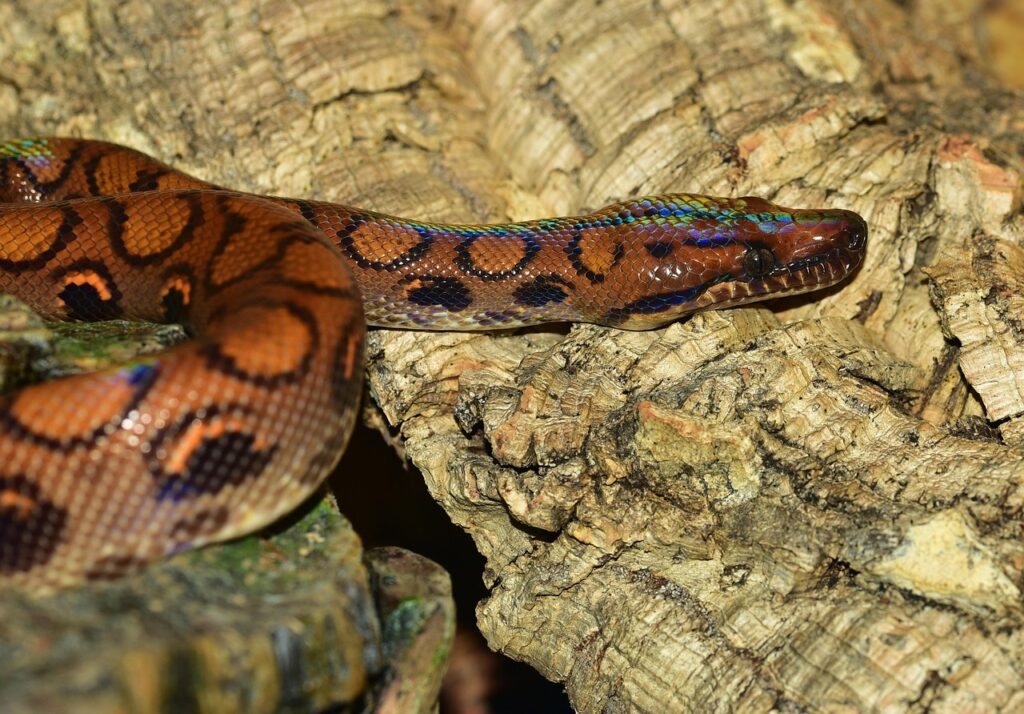
The field of snake cognition and recognition remains ripe for further scientific exploration. Neuroimaging studies using techniques adapted for reptilian brains could reveal which neural circuits activate when snakes encounter familiar versus unfamiliar conspecifics. Long-term behavioral studies tracking interactions between known individuals could document subtle recognition-based behaviors that short-term observations might miss. Controlled experiments comparing responses to chemical cues from familiar tankmates versus strangers could quantify recognition capabilities across different snake species. Genetic research exploring the evolutionary development of recognition capabilities could help explain why some snake species appear more adept at individual recognition than others. These research directions promise to further illuminate the fascinating and still largely unexplored world of snake social cognition.
While snakes may not recognize tankmates in the way mammals form social bonds, mounting evidence suggests they aren’t completely oblivious to the familiar snakes sharing their space. Through their remarkable chemical sensing abilities, most snakes appear capable of distinguishing between familiar and unfamiliar conspecifics, responding differently to each. This recognition isn’t about friendship as we understand it, but rather represents an adaptive awareness that helps snakes navigate their environment more efficiently. For snake keepers, this understanding should inform housing decisions, introduction protocols, and expectations about snake interactions. As research continues to illuminate the cognitive capabilities of these fascinating reptiles, we may discover even more sophisticated recognition abilities hiding beneath their enigmatic exteriors.

